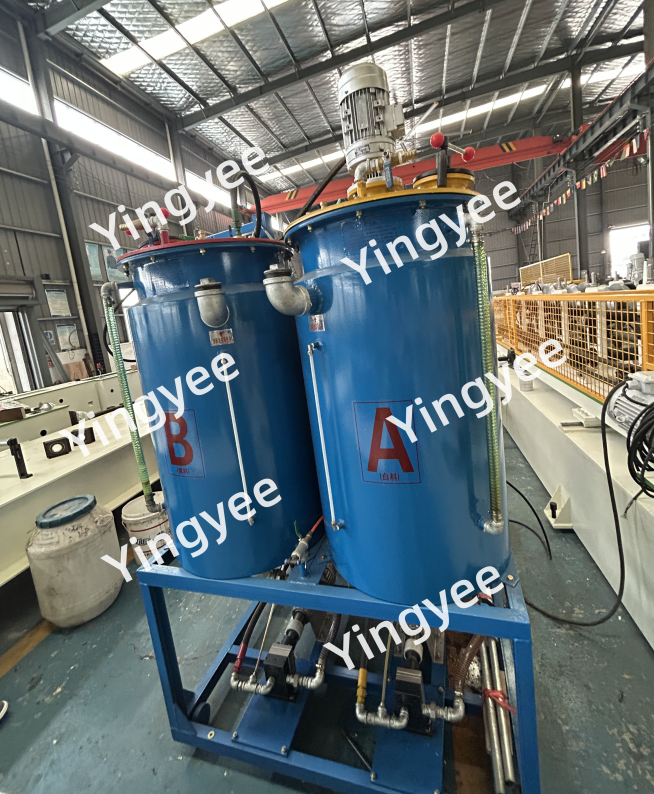
Highway Sound Barrier Cold Bending Machine An Innovative Solution for Urban Noise Control
As urbanization continues to rise, so does the challenge of managing noise pollution, particularly in areas adjacent to major highways. One innovative solution that has emerged in recent years is the highway sound barrier, specifically designed to mitigate the intrusive noise generated by traffic. Central to the production of these sound barriers is a specialized piece of machinery known as the cold bending machine. This article explores the significance of cold bending machines in the manufacturing of sound barriers and their role in enhancing urban living conditions.
Highway sound barriers are structures designed to block or absorb sound waves from vehicles, thereby reducing noise levels for nearby residential areas, schools, and parks. These barriers can be constructed from various materials, including concrete, wood, and acoustic panels. However, the production process for these materials requires precision engineering to ensure that they can withstand environmental stressors while effectively reducing noise.
Cold bending machines play a crucial role in the production of sound barriers. Unlike traditional bending methods that involve heating materials to achieve the desired shape, cold bending machines operate at ambient temperatures. This technique preserves the material's integrity and structural properties, which is particularly important for sound barriers that must endure harsh weather conditions over time.
The design and functionality of cold bending machines are tailored to the needs of sound barrier production. These machines can handle various thicknesses and types of materials, allowing manufacturers to create barriers that are not only aesthetically pleasing but also functionally effective. By utilizing advanced computer numerical control (CNC) technology, cold bending machines offer precise bending angles and dimensions, ensuring that each sound barrier panel fits perfectly into its designated position. This level of precision is critical for maximizing the sound absorption capabilities of the panels.

Moreover, the use of cold bending machines can significantly reduce production times and costs. Traditional methods, which often require additional steps for heating and cooling, can be time-consuming and energy-intensive. In contrast, cold bending technology streamlines the manufacturing process, allowing for more efficient production and quicker installation of sound barriers along highways.
In addition to their economic benefits, cold bending machines contribute to environmental sustainability. The preservation of materials' structural integrity means less waste is generated during production, aligning with contemporary efforts to reduce industrial waste and promote recycling. Furthermore, sound barriers made from recycled materials can still be effectively manufactured using cold bending techniques, supporting a circular economy approach in construction.
The installation of highway sound barriers has been shown to have significant social benefits. Studies indicate that communities located near highways with properly installed sound barriers report lower stress levels and improved overall quality of life. By mitigating noise pollution, these barriers not only enhance residential comfort but also contribute to healthier living environments, fostering community well-being.
In conclusion, the highway sound barrier cold bending machine represents a pivotal advancement in the construction industry’s fight against noise pollution. By enabling the precise and efficient production of durable sound barriers, these machines play an essential role in enhancing urban living conditions. As cities continue to grow, the importance of innovative solutions like cold bending machines will only increase, ensuring that communities can thrive in harmony with their bustling surroundings. Embracing such technology is not just a matter of convenience; it is a necessity for creating sustainable urban landscapes that prioritize the health and well-being of their inhabitants.